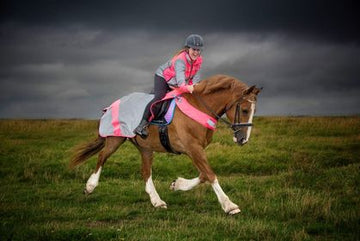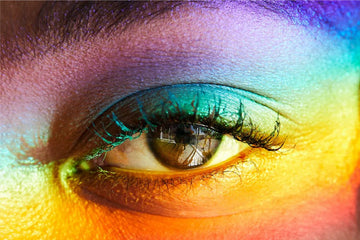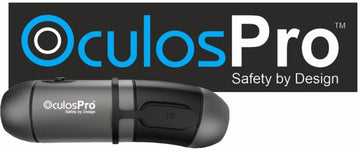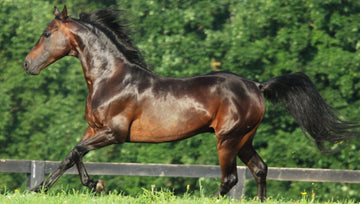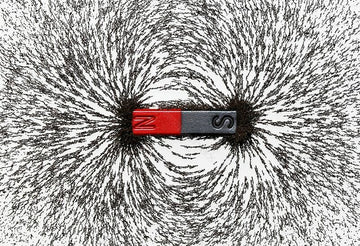One of the most frequent questions we are asked is what colour hi-vis should be worn during winter weather conditions.
So in this blog we explain the Science behind why Yellow is the best.
Many people are now returning to work, meaning they have to ride in the early morning or late afternoon. At dawn and dusk, everything looks bluer, trust us.
It’s all to do with the eyes rod cells, red, green and blue cones, UV light and wavelengths, but that’s another blog for another time.

So, why is yellow is the best colour to wear during these times of day, at this time of year. The colour yellow hits the retina at just the right point and as such is easily processed, ensuring you are visible. Yellow has been proven to be the most conspicuous colour in dull winter light, and as it is the first colour the human eye notices as it hits the retina at just the right point and is easily processed ensuring you are visible. Fluorescence is the spectacle in which light energy, which is normally invisible, is made visible. This is done by converting short wavelengths into longer wavelengths. This ceases almost immediately when the light energy stops. Fluorescent colours are two to four times brighter than other colours due to this phenomenon. They are also more visible during low light, dusk, dawn, fog and snow.
Contrast for Detection
Detection can be achieved by using a fluorescent colour against a contrasting background. Contrast may also be achieved by combining “high contrast” colours in one garment. For instance, using black and fluorescent yellow in high visibility PPE (personal protection equipment) creates a sharp contrast that may be more noticeable in competing back grounds. Equisafety always puts a contrast colour against its high-vis colour to ensure the rider stands out even more. Yellow is predominately used to get attention, such as a yellow sign with black text, or as an accent.

Pic - Charlotte Dujardin wearing the Luminosa Jacket
Human eyes are built to be most sensitive to that particular wavelength of light (~550 nanometers), at least during the day. But when the sun begins to set and light starts to dwindle, your perception of colour starts to change. So, be conspicuous at all time - consider where you are, what you’re doing and the weather conditions when choosing your jacket colour.
Those few seconds that the fluorescent material gives to the driver to enable them to brake or swerve might mean the difference between life or death, or at least serious injury, for you and/or your horse. Fluorescent colours, plus accents of reflective fabric, are vital for times like sunrise and dusk when the light conditions are changing rapidly and the visibility will be off.
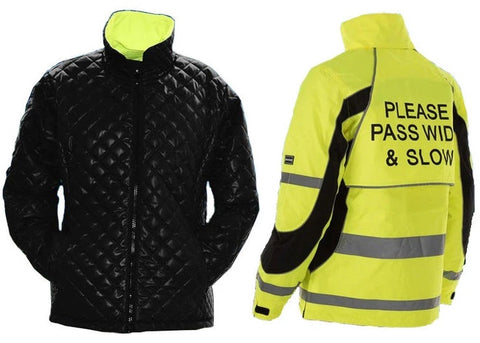
Pic - the Reversible Inverno

